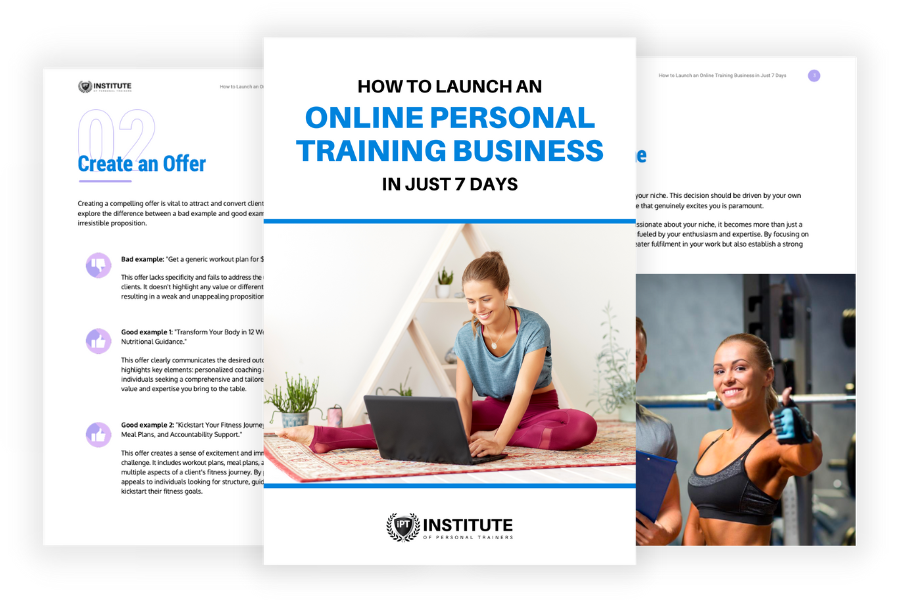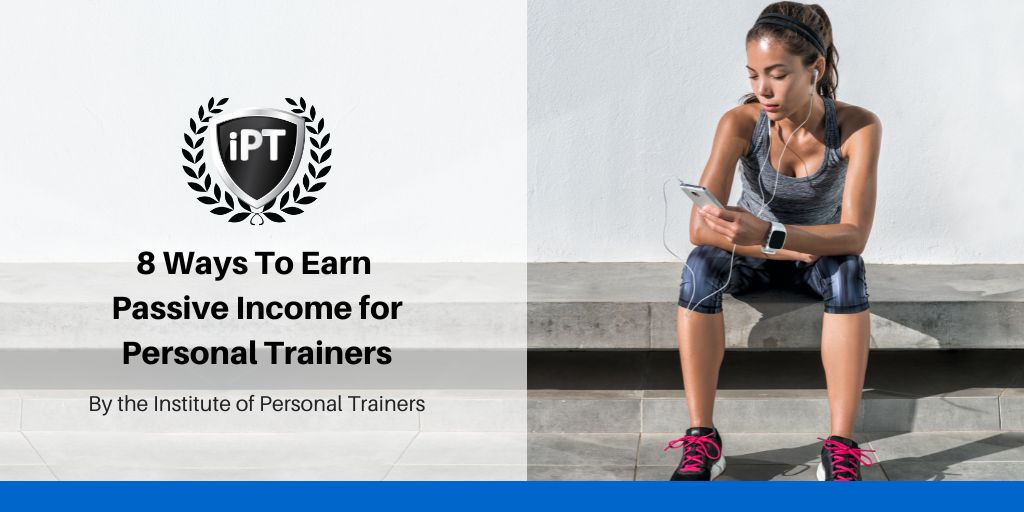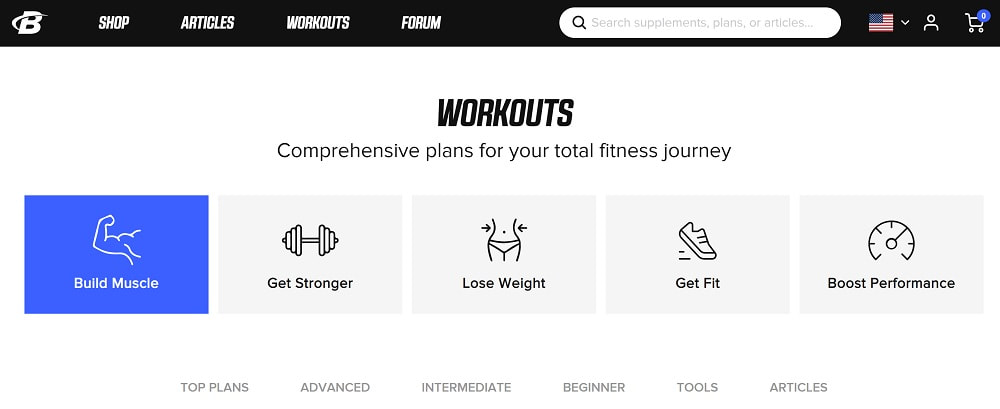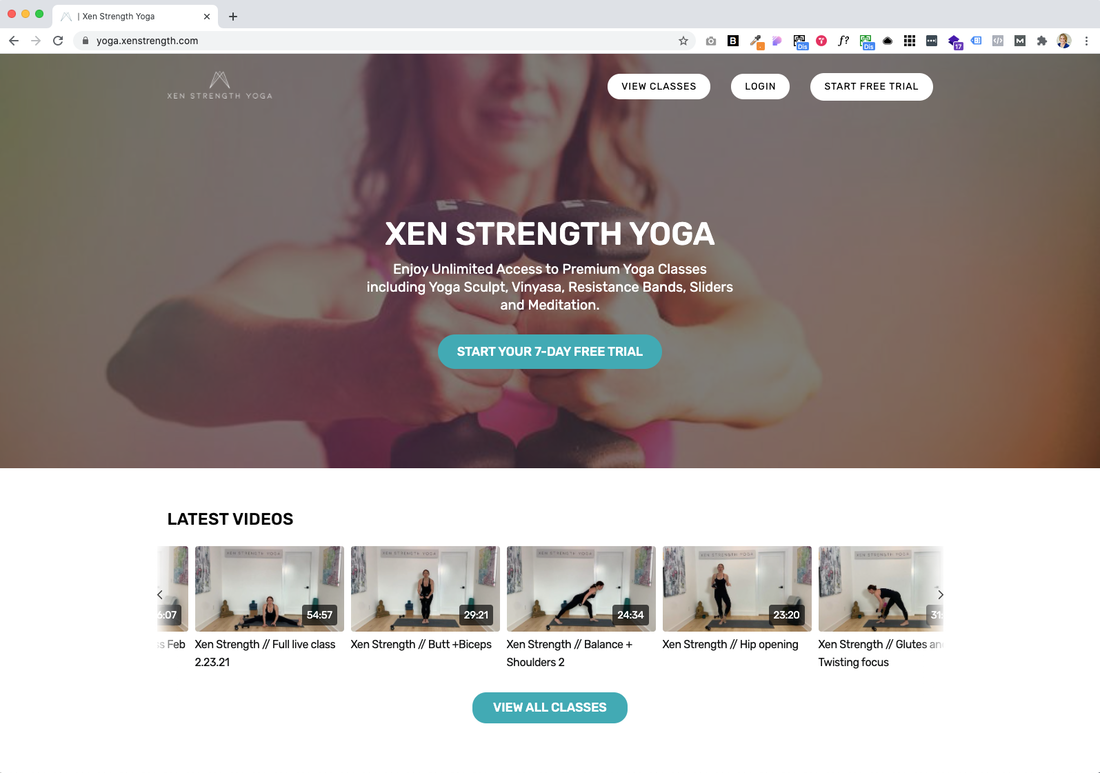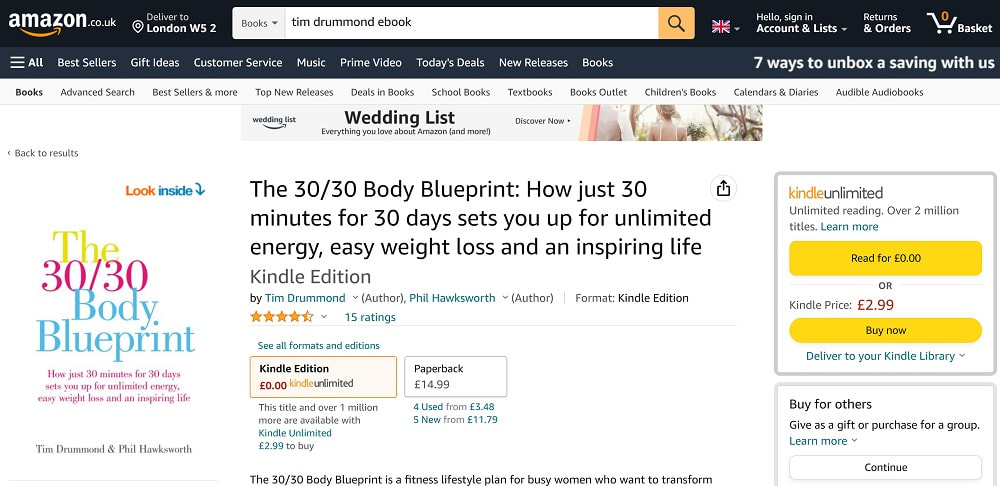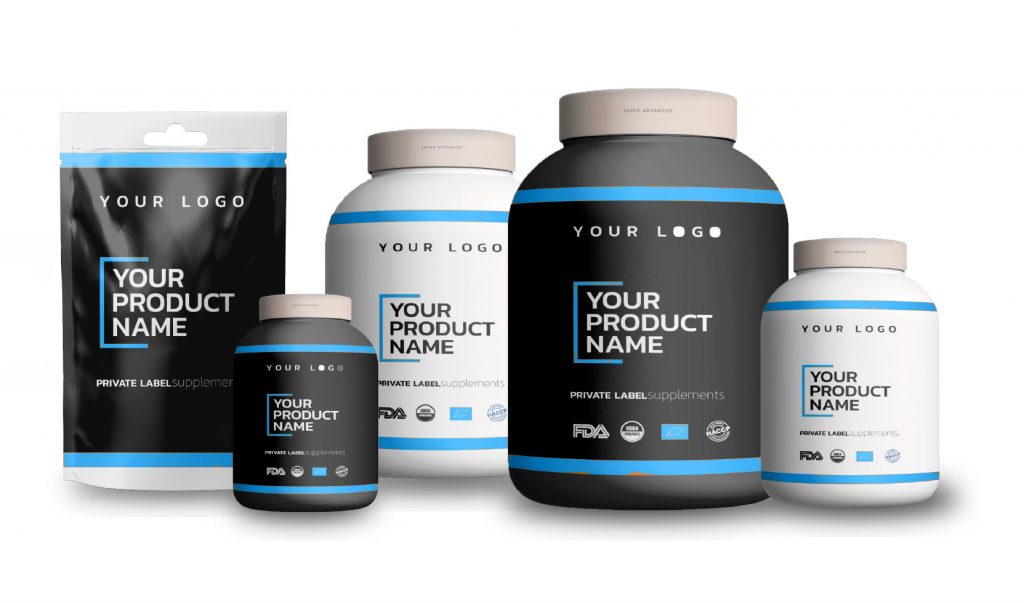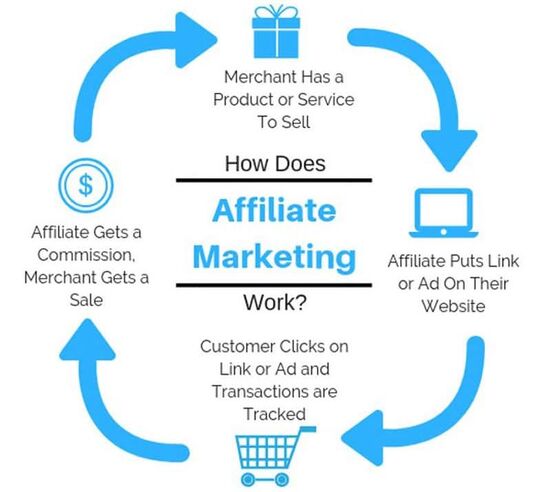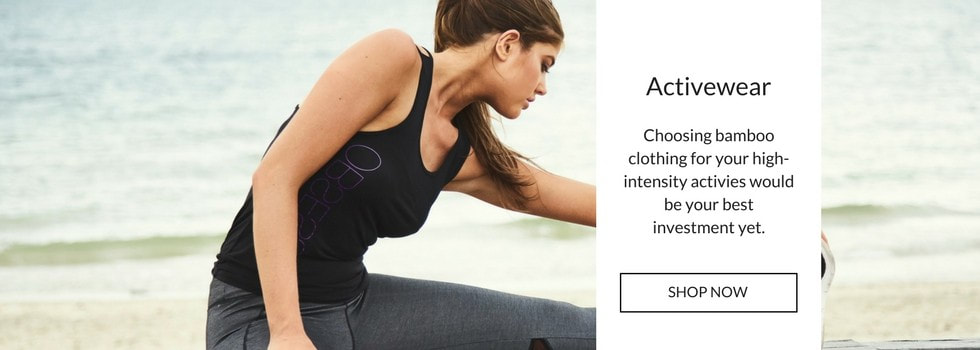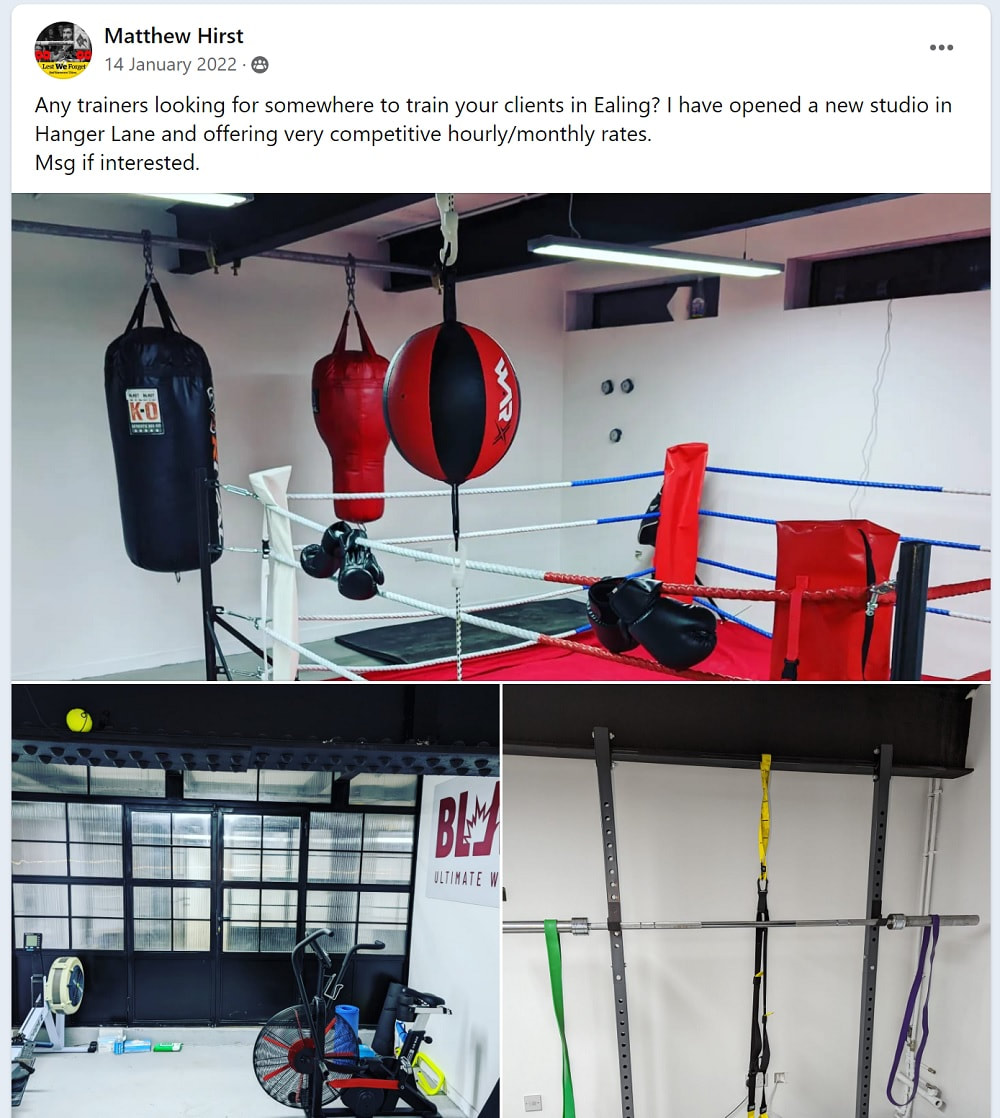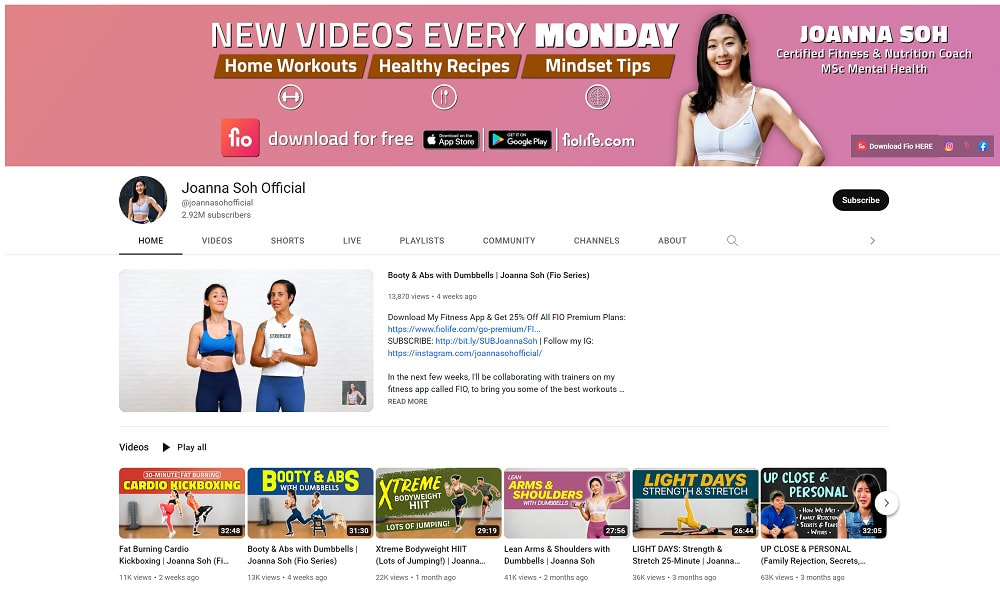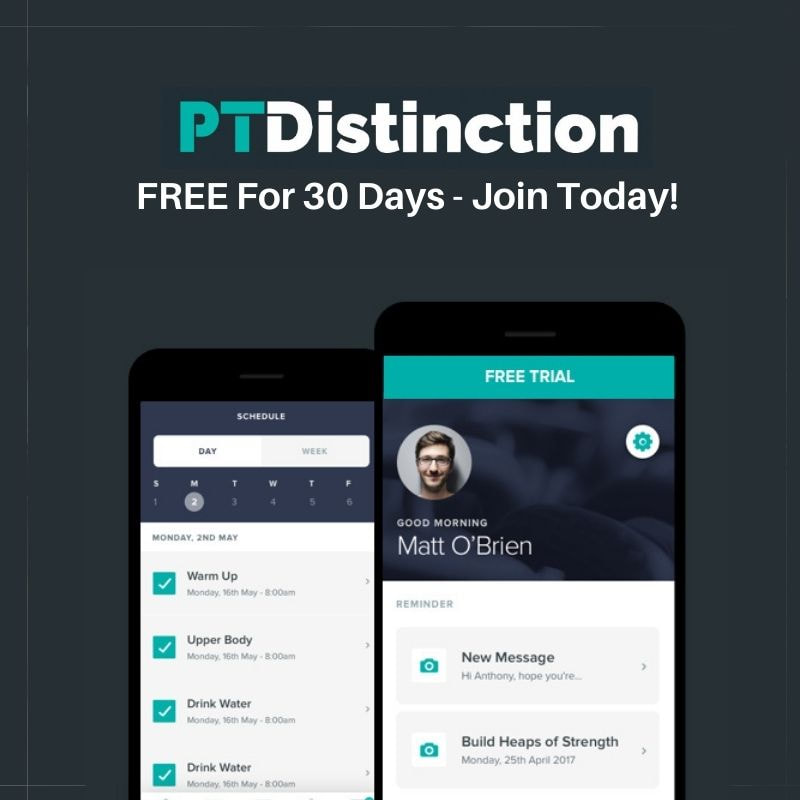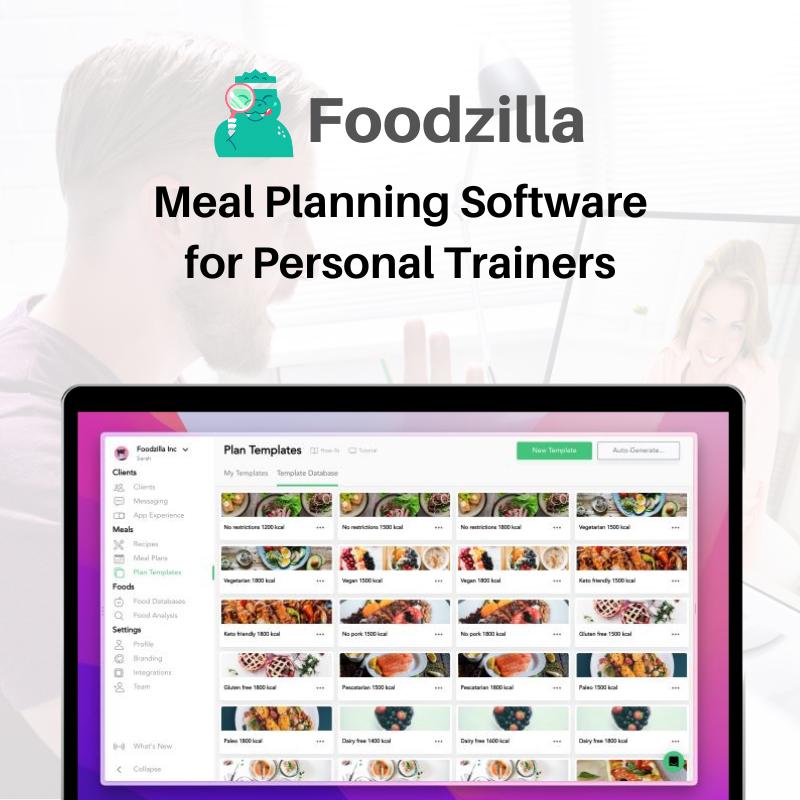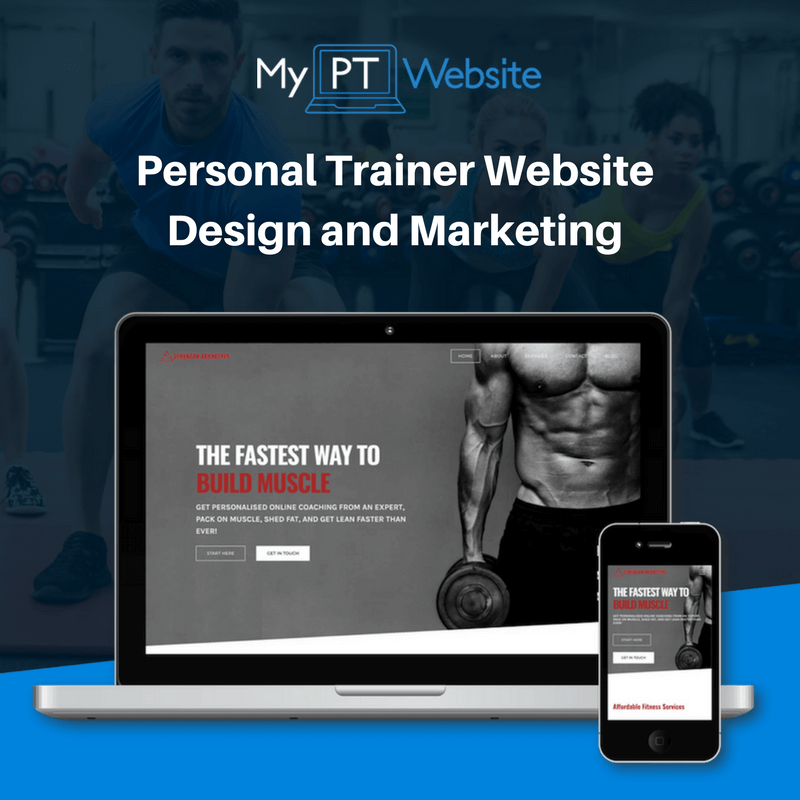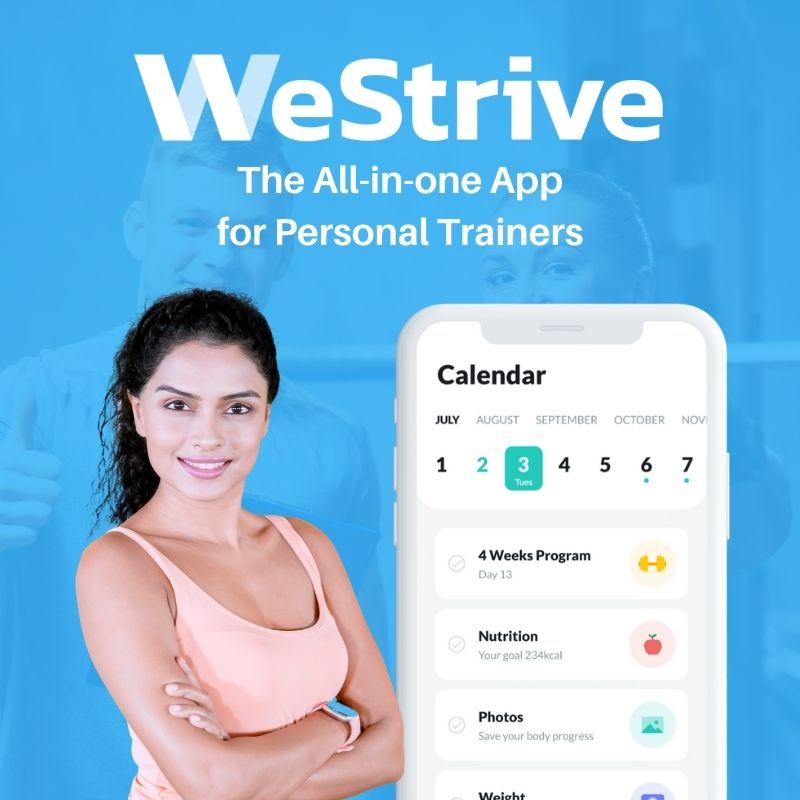|
FREE GUIDE: HOW TO LAUNCH AN ONLINE PERSONAL TRAINING BUSINESS
IN JUST 7 DAYS
✓ The new, better way of launching an online business
✓ The fastest way to create in irresistible offer ✓ A simple system to sell to clients who are interested |
|
Passive income is revenue that is generated with little to no effort on the part of the recipient. It is income that is earned from investments or other sources that require minimal maintenance or ongoing work to generate income. For a freelance personal trainer, finding ways to earn money while sleeping or enjoying life is a dream. So let's see how you can get there. Passive income can come from a variety of sources, including rental properties, dividend-paying stocks, and businesses in which the owner is not actively involved. Passive income can provide a source of financial stability and can be an important part of a financial plan. However, it is important to carefully consider the risks and potential downsides of any passive income streams, as they may not always be as reliable or stable as active income sources. In this article we'll look at 8 ways personal trainers can generate a passive income. 1. Premade Workouts Premade workouts are exercise routines that have been created in advance by a personal trainer. These workouts can be followed by individuals looking to improve their fitness level or achieve specific health goals. Premade workouts can be found in a variety of formats, including printouts, online videos, or apps that provide step-by-step instructions for each exercise. Premade workouts can be a convenient and effective way to get in shape, as they provide a structured plan that can be followed at home or at a gym. Some premade workouts are designed for specific fitness goals, such as weight loss or muscle building, while others may be more general and suitable for a wide range of fitness enthusiasts. As a trainer it is important to include instructions and guidance to a premade workout so that the buyer can easily figure out if it's appropriate for their fitness level and goals. It's also wise to add a disclaimer that they might want to consult with a healthcare professional before starting a new exercise program. Here are 8 steps you can follow to create a premade workout:
2. Prerecorded Video WorkoutsPrerecorded video workouts are exercise routines that have been recorded in advance and can be accessed and followed at any time. These workouts can be found online or through fitness apps, and they often feature instructors who guide viewers through each exercise. Prerecorded video workouts can be a convenient way to get in shape, as they allow people to exercise at their own pace and on their own schedule. They can also be an effective way to try out different types of workouts and find a routine that works for them. Prerecorded video workouts can be suitable for a wide range of fitness levels, and you can offer modifications for different abilities. The steps to follow when creating video workouts are similar to when creating any pemade workout plans. We'll go into details on what you might need to do differently when delivering them via video.
3. Fitness eBook for Passive Income A fitness eBook is an electronic book that provides information and guidance on how to improve physical fitness or achieve specific health goals. Fitness eBooks can cover a wide range of topics, including exercise routines, nutrition, and wellness strategies. They may be written by fitness professionals, personal trainers, or other experts, and can be accessed through an e-reader or any device that can open a PDF file. Fitness eBooks can be a convenient and cost-effective way to access fitness information for your audience, as they can be easily downloaded and accessed at any time. Do your due diligence and add disclaimers and instructions as best you can so people will know how to apply the advice given and encourage them to seek out support from a healthcare professional before making major changes to their diet or exercise routine. Here are the steps you can follow to create a fitness eBook:
4. Fitness Supplements Fitness supplements are products that are designed to enhance physical performance and support the body's ability to recover from exercise. These supplements can be taken in a variety of forms, including pills, powders, and bars, and are often marketed to people who are looking to improve their fitness level or build muscle mass. Fitness supplements can contain a wide range of ingredients, including protein, amino acids, vitamins, minerals, and herbs. While some fitness supplements can be beneficial when used as part of a healthy diet and exercise program, it is important to be cautious when recommending and especially selling these products, as they are not regulated by the Food and Drug Administration (FDA) in the same way as prescription drugs. It is always a good idea to advise your clients to consult with a healthcare professional before starting a new supplement regimen. Here are some steps you can follow to sell supplements:
5. Affiliate Programs Affiliate programs are marketing programs that allow businesses to reward individuals or organizations for promoting their products or services. These programs typically involve affiliates (individuals or organizations that promote the business's products) earning a commission for each sale or lead that they generate. Affiliate programs can be a useful way for businesses to reach a wider audience and for affiliates to earn income by promoting products that they believe in. There are many different types of affiliate programs, and they can be found in a variety of industries, including fitness, e-commerce, and software. To participate in an affiliate program, affiliates typically need to apply to become a member and be approved by the business. Once approved, affiliates are provided with a unique link or code that they can use to promote the business's products. When a customer clicks on the link or uses the code to make a purchase, the affiliate earns a commission. Affiliate programs can be a great way for businesses to build brand awareness and drive sales, and they can provide affiliates with an opportunity to earn passive income by promoting products they believe in. However, it is important for affiliates to carefully research the products and businesses they are promoting to ensure that they are reputable and legitimate. So, if you have brands that you already recommend highly to your clients or your audience, you could contact the business and ask if they have an affiliate program. If they do and you get accepted, all you need to do is to send your affiliate link to the people you recommend the products and you'll earn money from their purchase. Whether that's supplements, workout clothing, books and other products from Amazon, you can find ways to make some money off of your recommendations. 6. Create and Sell Your Own Fitness Clothing Some people may purchase gym clothing for the practical benefits it offers, such as moisture-wicking fabric to help keep them cool and dry during workouts, or compression garments that provide support and improve performance. If you have a distinct brand already and your clients and audience expresses interest in wanting to purchase clothing with your logo on them, you might want to consider to launch your own line, increase revenue and create a sense of community among your clients and followers. Not to mention, if they wear your gear in the gym while they work out, they will be your billboards for free! Here are some steps you can follow to create and sell your own fitness clothing:
7. Rent Gym Space to Personal Trainers If you have a gym or a personal training studio that you are not using or that has excess capacity, renting it out to one or multiple personal trainers by the hour can be a way to generate additional income. However, there are several factors that you will need to consider before renting your gym to a personal trainer. Here are some steps you can follow to rent gym space to a personal trainer:
8. Create a Fitness YouTube Channel Having a fitness YouTube channel can offer a range of benefits. First, it can provide an opportunity to share your knowledge and expertise with a wide audience and to help others improve their fitness and health. A YouTube channel can also be a great way to build your personal training business brand and establish yourself as a trusted authority in the fitness industry. In addition, a YouTube channel can provide an additional source of income through advertising revenue and sponsorships. By creating engaging and informative content and building a strong following, you can turn your YouTube channel into a successful and rewarding venture. Here are some steps you can follow to create a fitness YouTube channel:
|
Our All In One Platform
Check out out all in one business & marketing platform for personal trainers!
WEBSITE BUILDER | FUNNELS |MEMBERSHIPS | SCHEDULING| EMAIL MARKETING| PAYMENTS| CRM | AI ASSISTANT | SURVEYS
Popular Articles
Trusted Partners
We work closely with some of the best service providers in the fitness industry.
Categories
All
|

